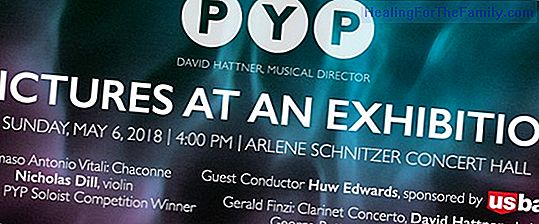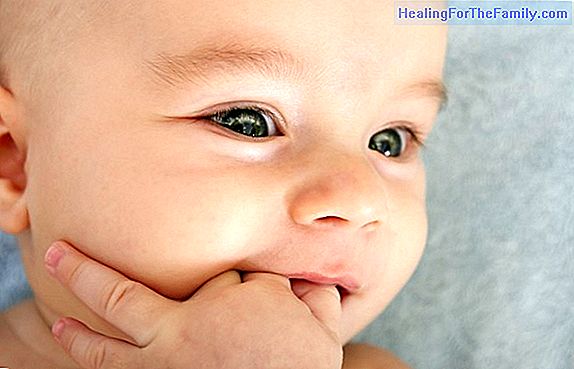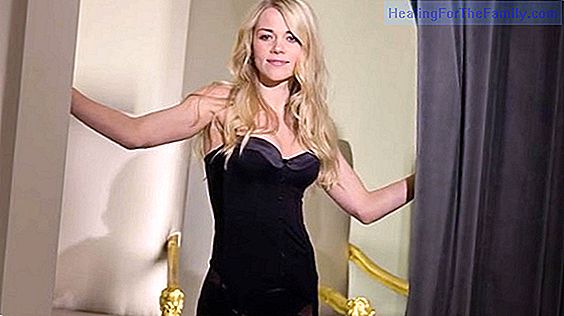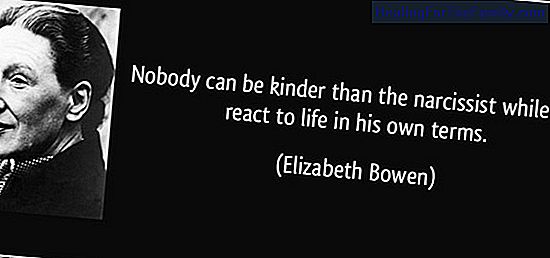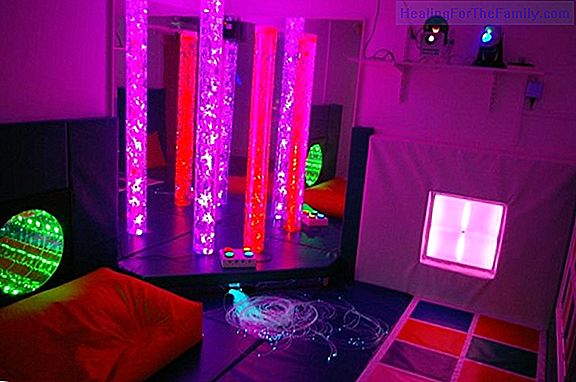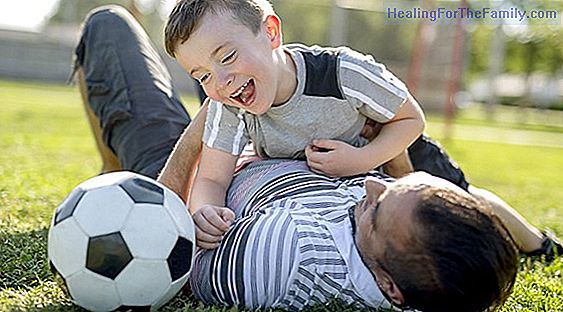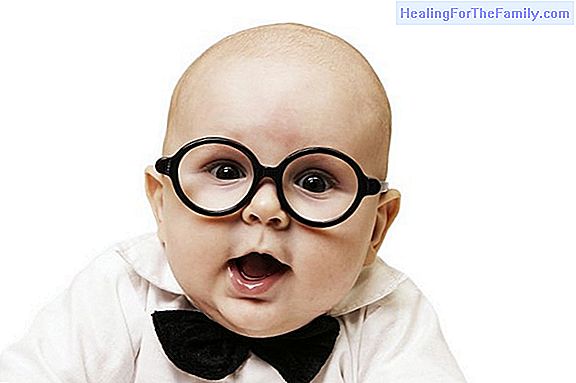The perception of the senses in babies
Perception is the way in which the brain interprets the information that arrives through the senses (sight, hearing, smell, taste and touch). The perception in the preschool phase is still in the development phase, and the process does not have the same development in all children. Adults and childr
Perception is the way in which the brain interprets the information that arrives through the senses (sight, hearing, smell, taste and touch). The perception in the preschool phase is still in the development phase, and the process does not have the same development in all children.
Adults and children perceive the world around them differently, and parents often do not realize how children perceive them.
How to develop the perception of the senses in babies

Perception is what a person understands through the senses. The information that the senses perceive is processed in the brain, where it is compared with the information that we already have stored. The brain can react automatically or formulate a more thoughtful response. Newborns already have some basic reactions, but as it develops it is perfecting. Developmental milestones have been determined to facilitate evaluation of the stage the child has reached in terms of perfecting their senses and interpreting the information they receive.
Visual perception
The improvement of visual perception is an important part of mental development between two and five years, five skills have been established:
- Recognition of forms: being able to recognize that a form has been turned even though the same way.
- Visual closure: being able to guess an object when only a part is seen.
- Spatial memory: being able to remember the situation of a hidden object.
- Image search: be able to ignore details that are not important when searching for a particular object.
A child with difficulties may have problems with one or more of these skills, but a preschooler develops all these skills until it becomes automatic and does not consciously think about them.
Acoustic perception
Adults do not realize that children's hearing is more sensitive in both frequency and volume. The frequency is measured in hertz (Hz), preschool children can detect sounds of up to 20,000 hertz or more. After eight years, the range begins to reduce and the highest frequencies are lost; an adult detects sounds between 15,000 or 16,000.
The ideal volume for a small child is around 20 decibels, with a maximum of 35 decibels for a child with normal hearing. There is evidence that the decibel level in a noisy playgroup in an echoed place can reach 55 to 75 decibels, too high for a small child.
The perception of smells
As happens with the other senses, adults are wrong about the way we imagine that the child perceives the smells. There are experiments that show that children of two, three and four years were not unpleasant odor of feces or sweat. This sensation changes radically at five years.
It has also been shown that babies do not appreciate the smells of flowers or gasoline. On the contrary children detect fruit odors much better than adults.
The perception of taste
Children have more taste buds than adults and are more sensitive to the tastes of different foods. One of the main differences is the greater preference for sweet flavors and dislike for other flavors. A baby only likes sweet flavors and an adult likes a wide range of flavors. It is important that children try all kinds of flavors.

